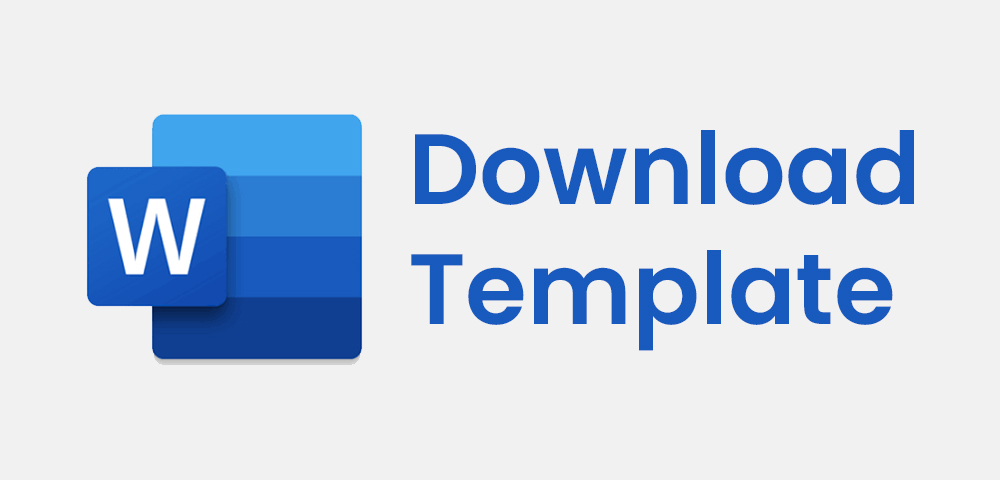ARABIC: THE LANGUAGE OF RELIGION AND TECHNOLOGICAL PROGRESS
DOI:
https://doi.org/10.59548/rc.v2i1.434Keywords:
Arabic, Adaptability, Development of the TimesAbstract
This study aims to identify and explain the origins and evolution of the Arabic language from a historical and academic perspective, as well as to analyze its contribution in Indonesia from the time Islam entered the country until the digital age. In addition, this study seeks to evaluate the challenges and opportunities in learning Arabic today, as well as to describe its contribution in the fields of education and knowledge. Through this study, it is hoped that the importance of the Arabic language will be evident, not only in a religious context but also in academic aspects and on the global stage. This research uses a qualitative method, a structured and systematic research method that aims to investigate, select, evaluate, and integrate relevant literature from various sources. This research also uses a library research approach that focuses on collecting and analyzing data from various literature sources, such as books, scientific journals, articles, official documents, and other relevant written sources. The analysis results show the history and development of the Arabic language and its influence on education, science, and the digital age. Historically, there are two views on the origin of the Arabic language: as the language used by Prophet Adam and as part of the Semitic language family. In Indonesia, the presence of the Arabic language began to increase with the arrival of Islam, then declined during the colonial period, and revived after Indonesia gained independence. In the digital age, Arabic faces various challenges and new opportunities through the use of technology for learning. In addition to its role as a religious language, Arabic also plays an important role in academia and scientific development, and contributes to the formation of a generation capable of competing globally.
 References
References
Abidin, Z., & Satrianingsih, A. (2018). Perkembangan Dan Masa Depan Bahasa Arab. Diwan : Jurnal Bahasa Dan Sastra Arab, 3(2), 141. https://doi.org/10.24252/diwan.v3i2.4459
Akmal Fajri, & Zulhelmi, A. (2023). Positives and Negatives of Globalization in the Arabic Language. An-Nahdah Al-’Arabiyah, 3(2), 109–120. https://doi.org/10.22373/nahdah.v3i2.2361
Amin, T., & Badreddine, D. (2020). Teaching science in Arabic: Diglossia and discourse patterns in the elementary classroom. International Journal of Science Education, 42(14), 2290–2330.
Astari, R., Hadi, S., Poedjosoedarmo, S., & Suhandano, S. (2014). Pengaruh Budaya Terhadap Istilah Sains dan Teknologi dalam Bahasa Arab. Adabiyyāt: Jurnal Bahasa Dan Sastra, 13(2), 253–276.
Farhan Fauzan, M., Abdul Aziz, I., Nisa, H., Shofiyyah, S., & Fu’adin, A. (2024). Tafsir Konten Bahasa Arab: Pandangan Mahasiswa Terhadap Penggunaan Bahasa Arab Di Era Digital. Perspektif: Jurnal Pendidikan Dan Ilmu Bahasa, 2(1), 2–10.
Ghafur, A., & Budiansyah, R. R. (2024). PEMBELAJARAN BAHASA ARAB DI ERA DIGITAL : TANTANGAN, PELUANG DAN STRATEGI MENUJU PEMBELAJARAN YANG EFEKTIF. El-Fusha : Jurnal Bahasa Arab Dan Pendidikan, 5(1), 15–28.
Handayani, E. U. (2019). Desain Pengembangan Kurikulum Bahasa Arab dengan Menggunakan Media Video: Pendekatan Teknologi Digital. Taqdir, 5(2), 29–40.
Hasibuan, L., & Hasibuan, T. (2023). Sejarah Pertumbuhan Dan Perkembangan Bahasa Arab. Jurnal Sathar, 1(2), 1–12. https://doi.org/10.59548/js.v1i2.68
Ikhlasul, A. A. (2024). Tantangan dan Peluang Belajar Bahasa Arab dengan Pendekatan Behaviorisme dalam Era Digital. Borneo Journal of Language and Education, 4(1), 80–94.
Muis, M. (2020). Bahasa Arab Di Era Digital: Eksistensi Dan Implikasi Terhadap Penguatan Ekonomi Keumatan. Al-Fathin: Jurnal Bahasa Dan Sastra Arab, 3(01), 60. https://doi.org/10.32332/al-fathin.v3i01.2319
Mustofa, S. (2021). Bahasa Arab dan world class university. UIN Maliki Press.
Nasution, S. (2017). Pengantar Linguistik Bahasa Arab (M. Kholison (ed.)). Lisan Arabi.
Nasution, S., Asari, H., Al-Rasyid, H., Dalimunthe, R. A., & Rahman, A. (2024). Learning Arabic Language Sciences Based on Technology in Traditional Islamic Boarding Schools in Indonesia. Nazhruna: Jurnal Pendidikan Islam, 7(1), 77–102. https://doi.org/10.31538/nzh.v7i1.4222
Prananingrum, A. V., Rois, I. N., & Sholikhah, A. (2020). Kajian Teoritis Media Pembelajaran Bahasa Arab. Konferensi Nasonal Bahasa Arab (KONASBARA), 3(1), 303–319.
Puspitasari, N. S., & Muriyatmoko, D. (2020). Preliminary Study of Development of Mobile Learning Laboratorium Tafsir Sains (Labtafsin). In Jurnal At-Ta’dib Vol. researchgate.net. https://www.researchgate.net/profile/Rochmad-Rochmad-2/publication/350281277_Preliminary_Study_of_Development_of_Mobile_Learning_Laboratorium_Tafsir_Sains_Labtafsin/links/60e15aab92851ca944a6d41a/Preliminary-Study-of-Development-of-Mobile-Learning-Laborat
Safrudin, R., Zulfamanna, Kustati, M., & Sepriyanti, N. (2023). Penelitian Kualitatif. Journal Of Social Science Research, 3(2), 1–15.
Sakdiah, N., & Sihombing, F. (2023). Problematika Pembelajaran Bahasa Arab. Jurnal Sathar, 1(1), 34–41. https://doi.org/10.59548/js.v1i1.41
Sauri, S. (2020). Sejarah Perkembangan Bahasa Arab dan Lembaga Islam di Indonesia. INSANCITA: Journal of Islamic Studies in Indonesia and Southeast Asia, 5(1), 73–88.
Setyawan, C. E., & Anwar, K. (2020). Peran Bahasa Arab Dalam Pendidikan Islam Sebagai Urgensitas Menghadapi Revolusi Industri 4.0. Lahjah Arabiyah: Jurnal Bahasa Arab Dan Pendidikan Bahasa Arab, 1(1), 11–19.
Downloads
Published
How to Cite
Issue
Section
License
Copyright (c) 2025 M. Dzaki Sholihin, Marhama Salwa, Lolita Sari Siregar, Sahkholid Nasution

This work is licensed under a Creative Commons Attribution 4.0 International License.
- Share — copy and redistribute the material in any medium or format for any purpose, even commercially.
- Adapt — remix, transform, and build upon the material for any purpose, even commercially.
- The licensor cannot revoke these freedoms as long as you follow the license terms.
Under the following terms:
- Attribution — You must give appropriate credit , provide a link to the license, and indicate if changes were made . You may do so in any reasonable manner, but not in any way that suggests the licensor endorses you or your use.
- No additional restrictions — You may not apply legal terms or technological measures that legally restrict others from doing anything the license permits.
Notices:
You do not have to comply with the license for elements of the material in the public domain or where your use is permitted by an applicable exception or limitation .
No warranties are given. The license may not give you all of the permissions necessary for your intended use. For example, other rights such as publicity, privacy, or moral rights may limit how you use the material.










 Psikotes: Jurnal Ilmu Psikologi, Komunikasi dan Kesehatan by
Psikotes: Jurnal Ilmu Psikologi, Komunikasi dan Kesehatan by 
